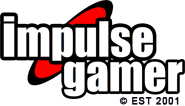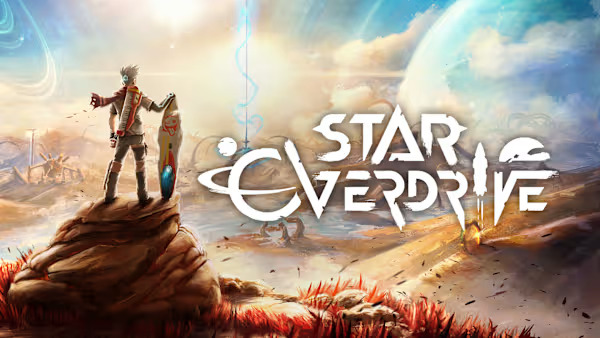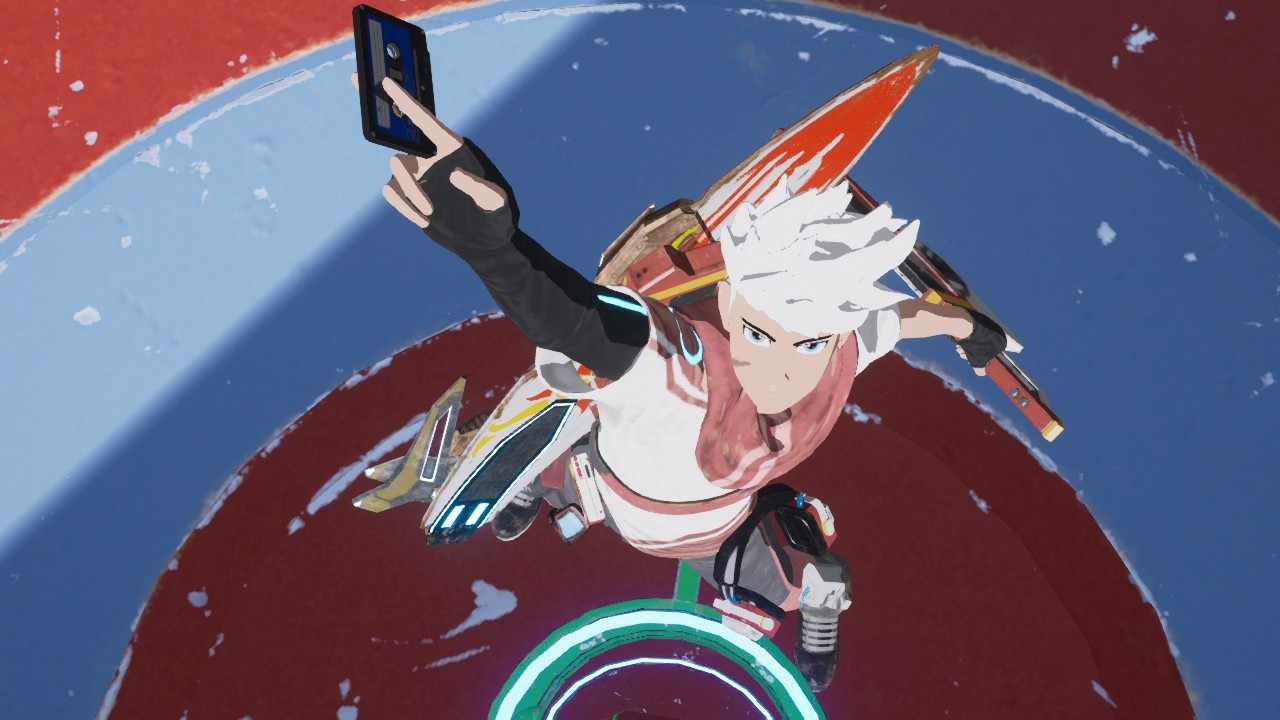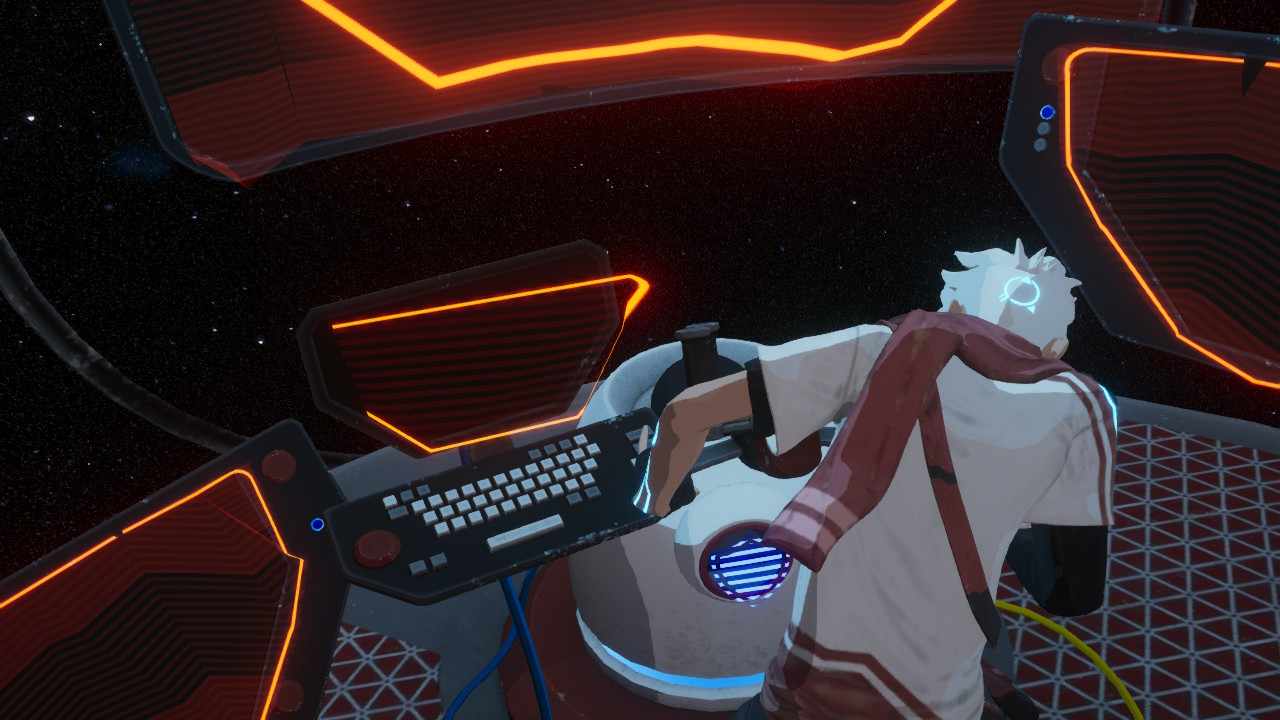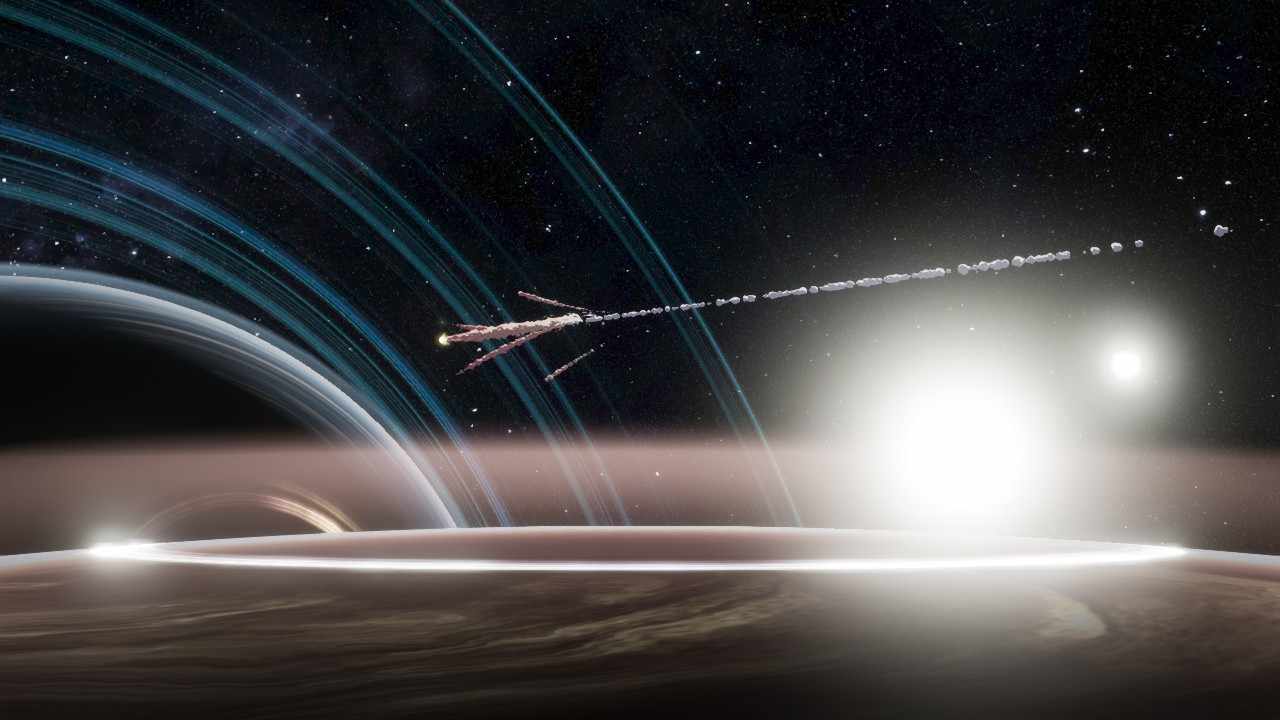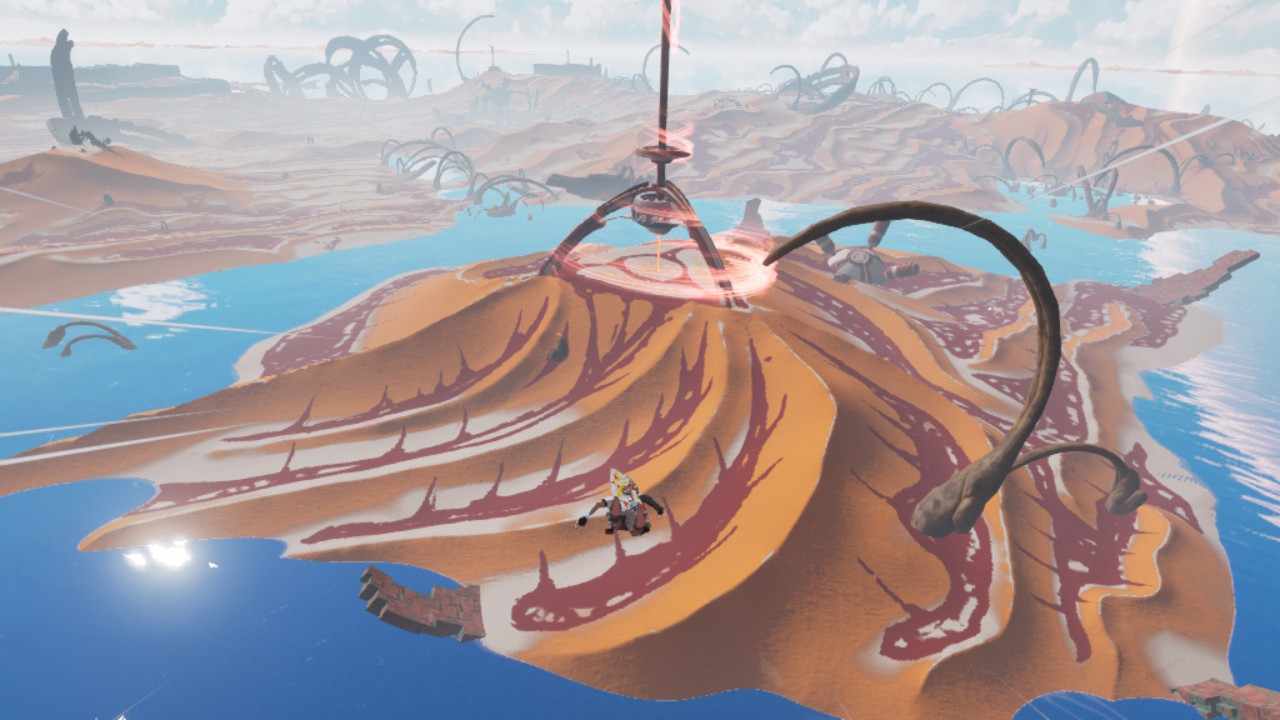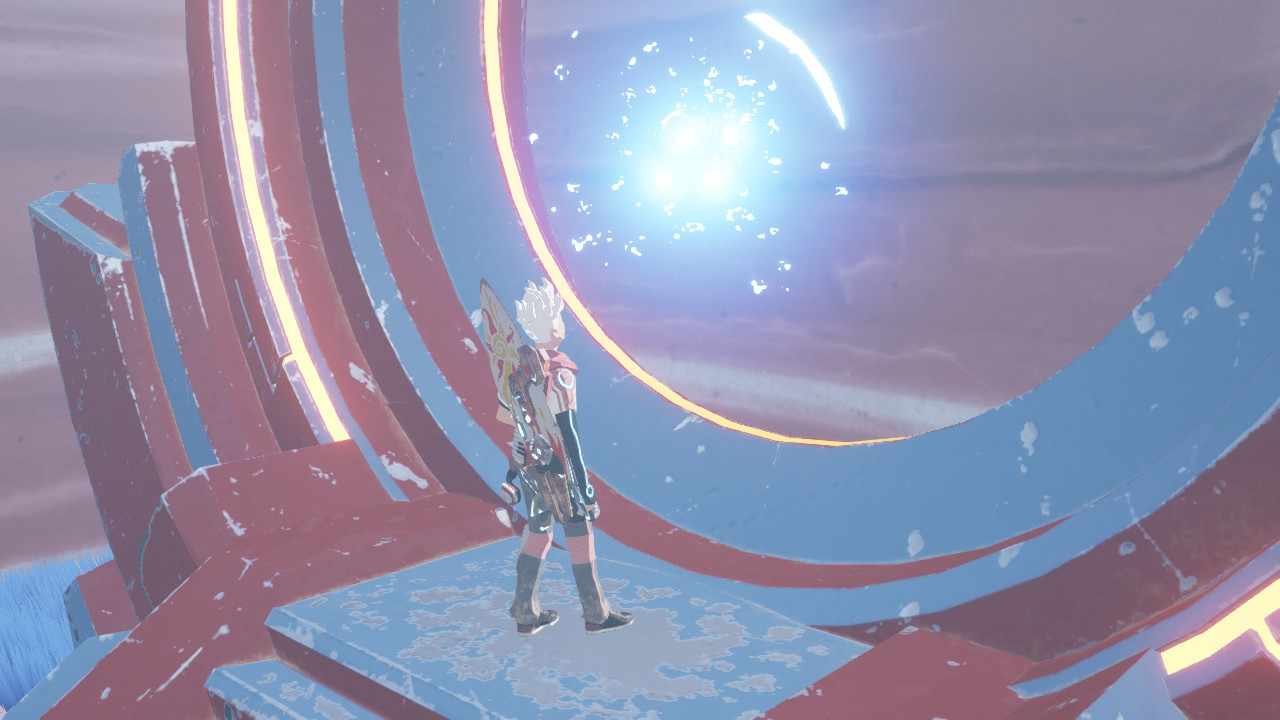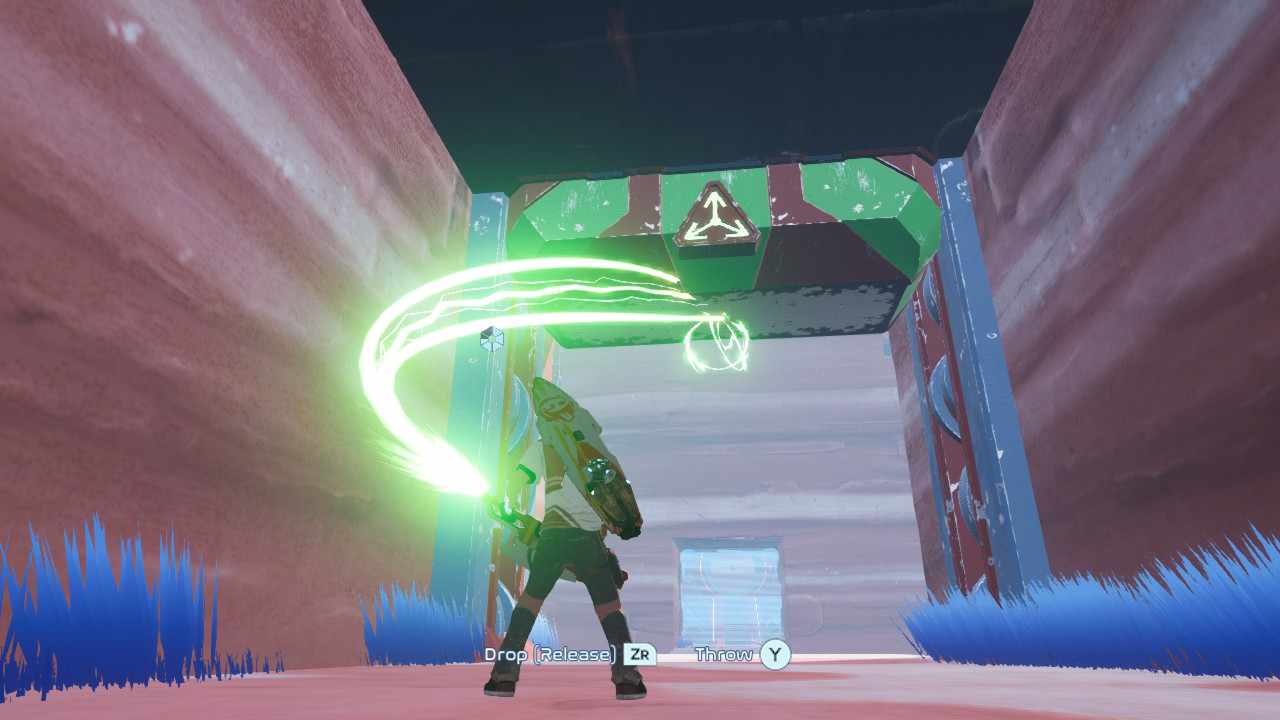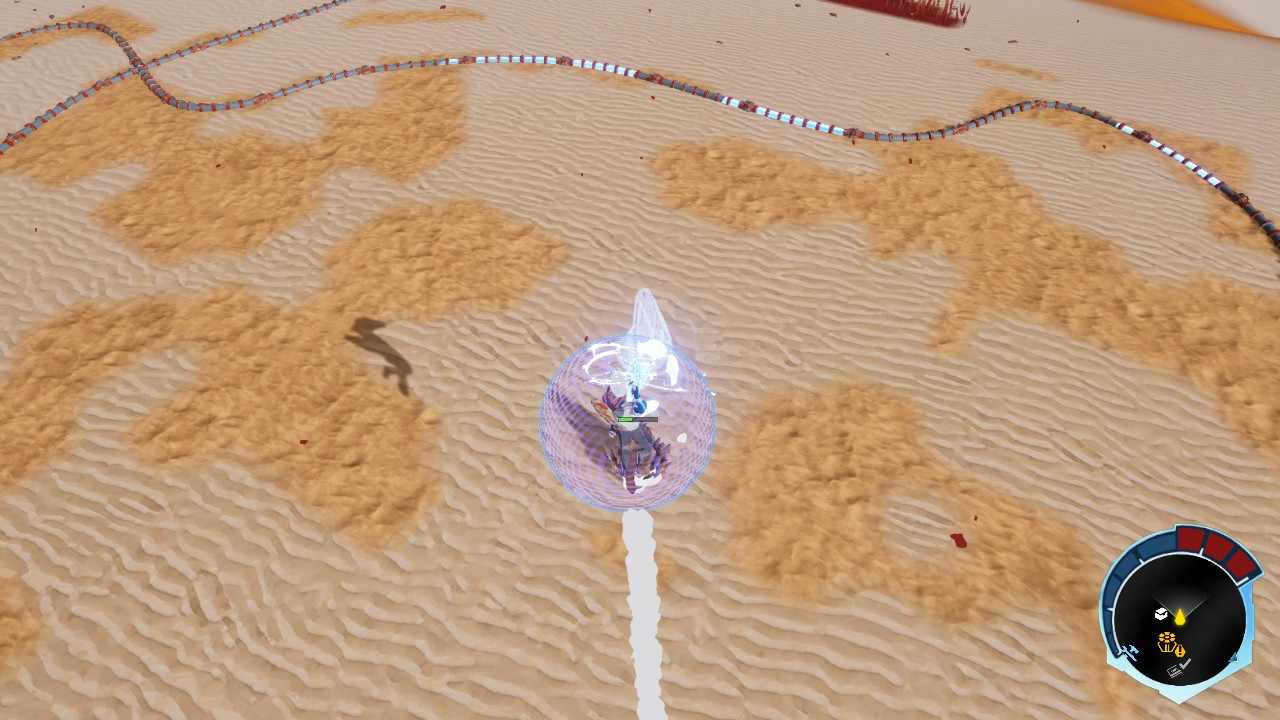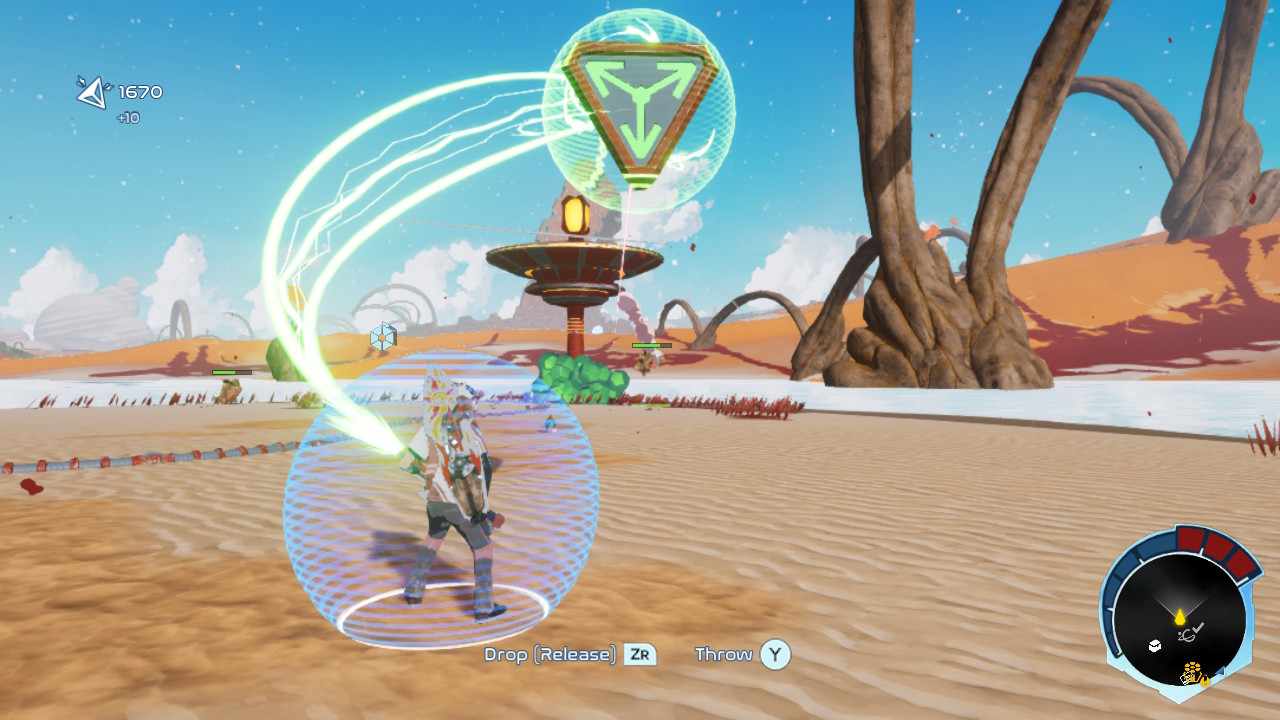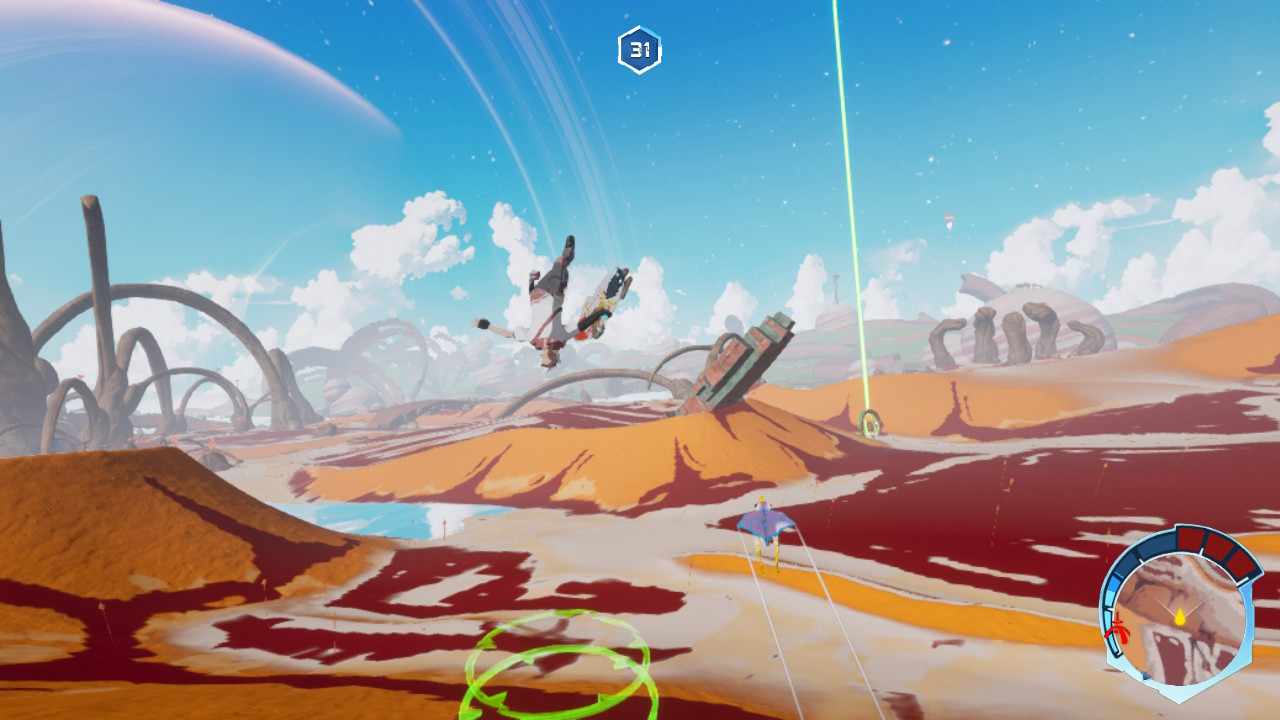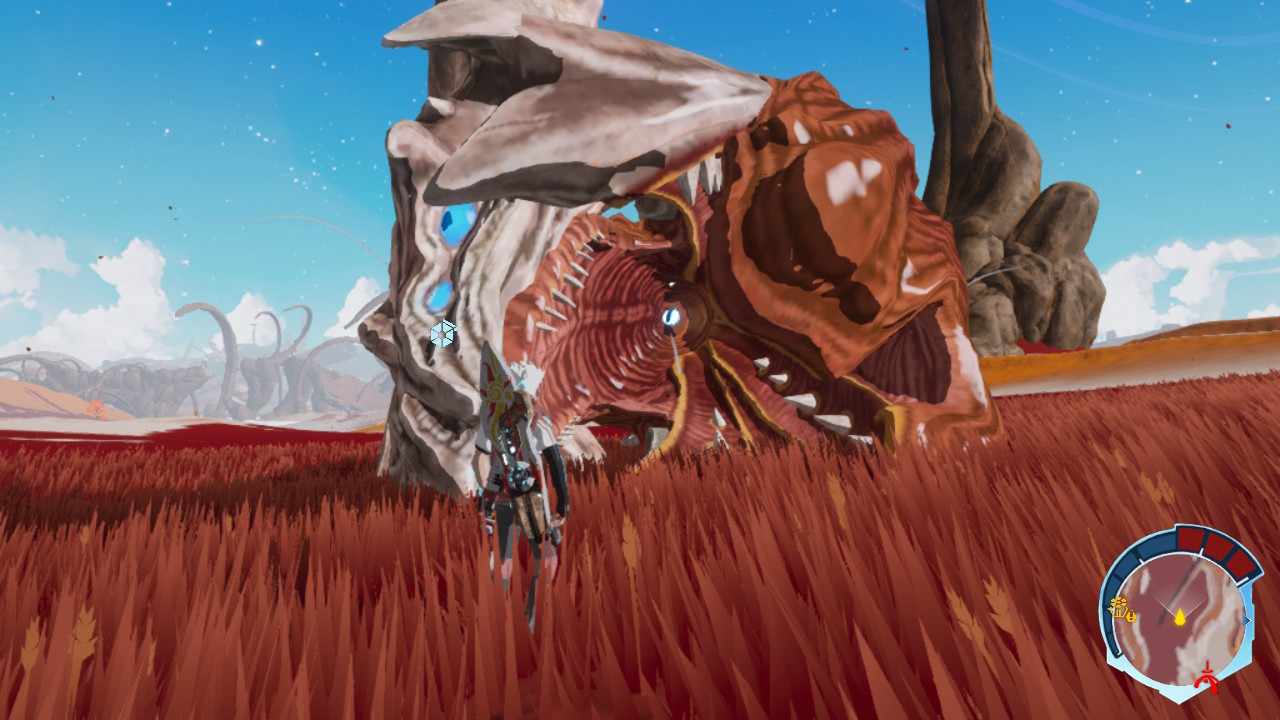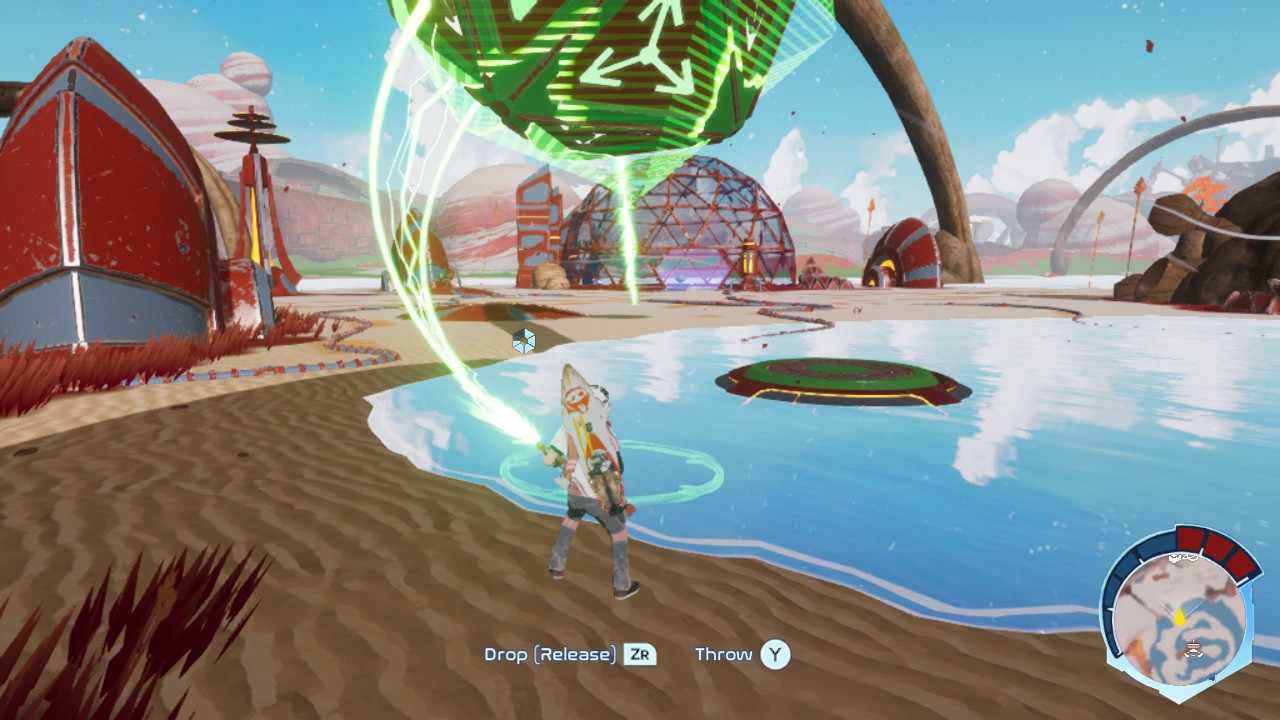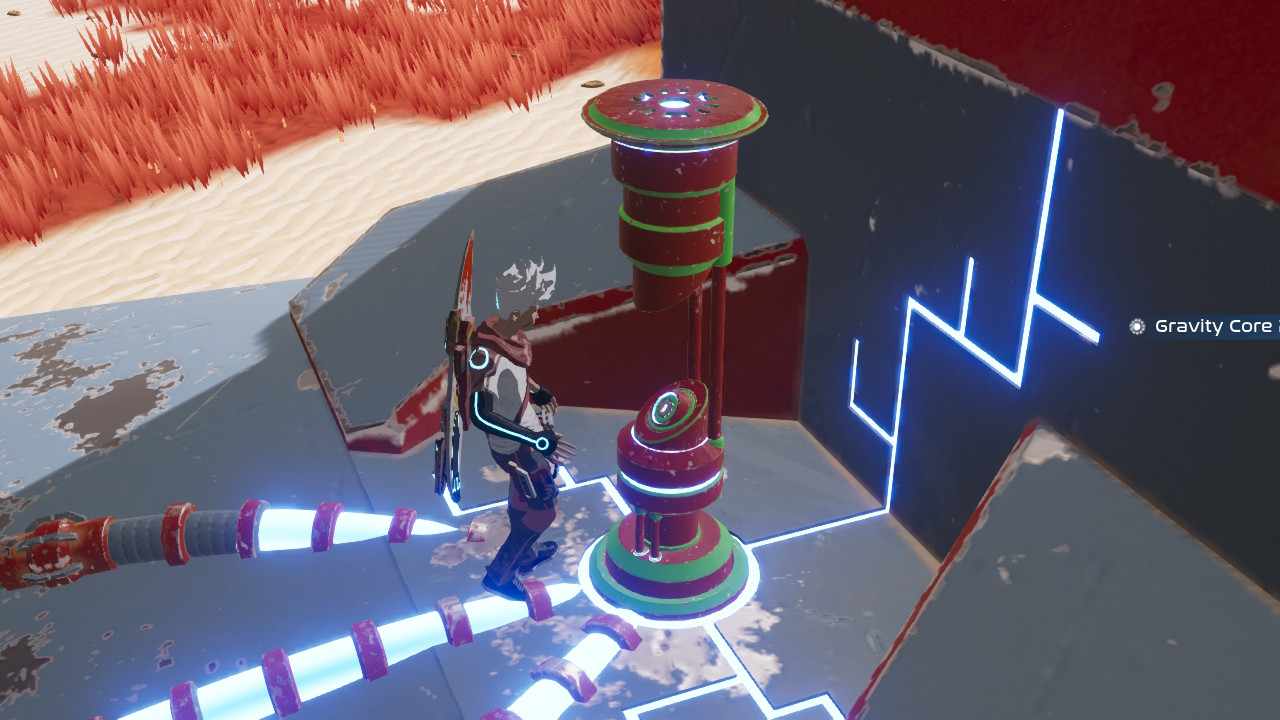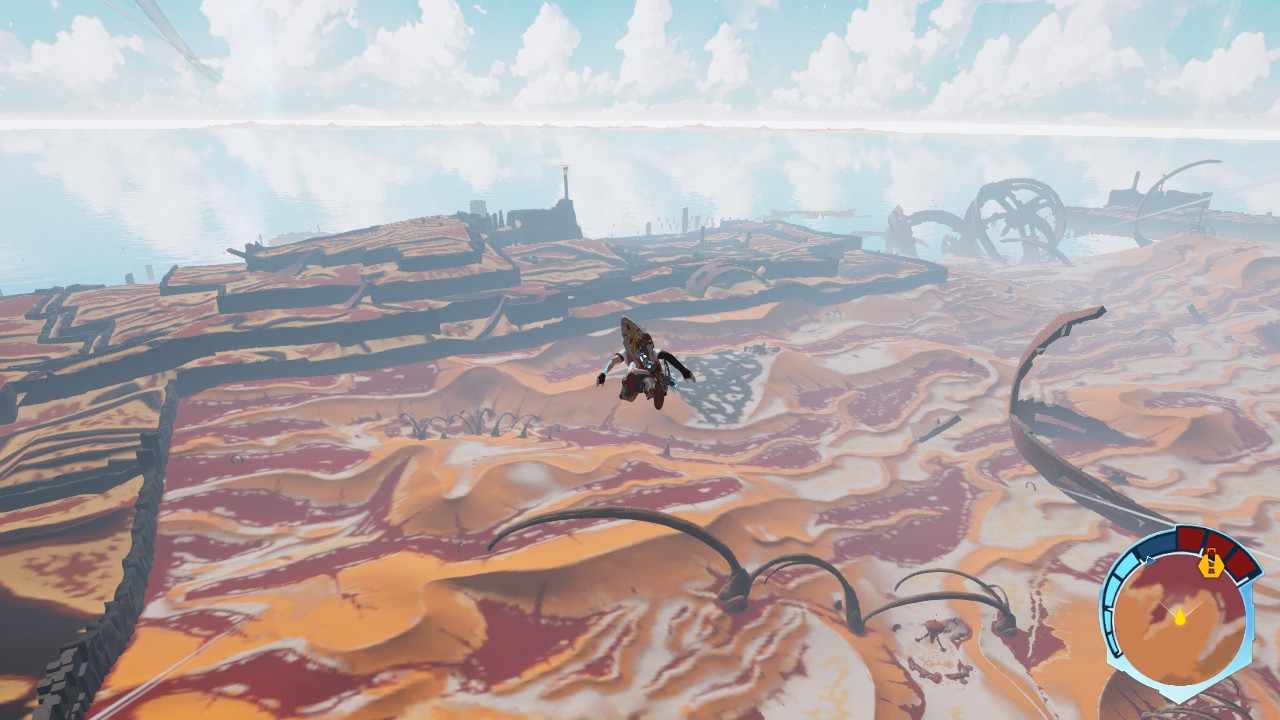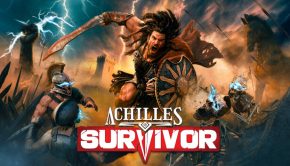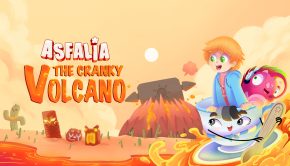Star Overdrive Review (Switch)
Summary: Star Horizon is an open-world thrill ride where rock and roll meets retro-futurism. Rip through alien dunes on your hoverboard, shred enemies with your keytar, and dive into synth-soaked dungeons that echo with the sound of rebellion. The familiarity of its gameplay mechanics mixed with inventive and dramatic play styles help define it as something exciting and fresh.
4.3
Amped Odyssey
Soar off sun-scorched dunes on a hoverboard and catch air like a rockstar mid-solo while boosting through this open world with style, speed, and a trail of dust in your wake! Star Overdrive is an open-world action-adventure game developed by Caracal Games, published by Dear Villagers, and released on the Nintendo Switch on April 10th of 2025 with a PC version planned for a later date. In Star Overdrive, you embark on an adventure on an alien planet and by using your hoverboard to roam the empty landscape, you rip enemies to shreds with your keytar and take on challenging physics based puzzles. With The Legend of Zelda: Breath of the Wild as a clear inspiration, Star Overdrive uses staple open-world elements and exhilarating gameplay to create a high-flying expressive journey to save a loved one.
You play as Bios, a young man with a seemingly carefree rock and roll attitude. After receiving a perplexing signal in his spaceship, he crash lands on the mysterious planet Cebete. With his ship completely destroyed, he sets off on a journey spread across multiple biomes housed with intimidating alien threats. Through untangling secrets of the crew that were on this planet before, you must upgrade your hoverboard and your skills to travel across the vast landscapes and rescue Bios’s beloved significant other, Nous. The story isn’t anything incredible and I thought some implementations of it throughout the game actually came off a bit cheesy, but it has a distinct energy about it that kept me hooked.
The planet Cebete is harsh, dry, and lonely, but deliberately so. The environment is wide-open and mostly barren, giving you space to build up speed and mess around with the hoverboard’s fantastic controls. You can launch yourself off dunes, chain together tricks for boosts, and explore at your own pace. Star Overdrive is basically The Legend of Zelda: Breath of the Wild in a different font, but It’s also reminiscent of Journey or Shadow of the Colossus in how it uses negative space to make the world feel mysterious and vast.
A lot of the world is built around mining. You’ll see giant drills poking out of the sand everywhere, and you can activate them to collect materials or open up underground mining points or cavernous dungeons where you really get into the meat of the game. I loved diving into one, not just for the loot, but for the new gameplay twists they’d give me like having to use different abilities to traverse the blocky environments in contrast to surfing around the flat areas on the surface. These areas are incredibly rewarding and they’re puzzle-filled, often tense, and always end with a Power Node, which you use to unlock and upgrade your skills like boosting your stamina, extending how long you can keep your shield up, or learning new combat abilities entirely.
You also find cassette tapes tucked away in the world and in these dungeons. Some cassette tapes are audio only and filled with some nice lore bits and other ones give you abilities that you can freely equip from your ability wheel. One of my favorites was the Jump Pad Tape, which lets you plop down a jump pad and launch yourself into the air a second time, perfect for reaching high up spots or chaining aerial tricks. You can also throw these special abilities onto enemies which cause a variety of effects. Putting the Jump Pad ability on a rolling enemy opens up its shield and makes it continuously bounce around, dropping valuable loot with every rebound. This also makes it susceptible to being grabbed and thrown into other enemies. These upgrades make exploration even more open-ended, and add a ton of flavor to the game’s traversal system as well as the combat, giving you a lot of options to strategize and have fun.
Combat in Star Overdrive is a spectacle. You use your keytar to slash enemies, combo into big swings, and charge up power attacks that hit like thunder. Every swing feels like a performance; it’s punchy, rhythmic, and deeply satisfying. The musical undertones really shine here, especially when you’re syncing your attacks with the beat and hearing that satisfying “wham” when a critter goes flying. That said, things can get a little too floaty. Both you and enemies tend to bounce around a lot. It’s easy to lose track of where your target went or get knocked so far away you have to skate back into the action. It’s not game breaking, but it adds a bit of friction to what would otherwise be near perfect combat flow.
Enemy variety is great. There are shocking little bugs, bomb tossing freaks, flying snipers, and giant sand worms that roam the desert. It feels like the world is alive, not just a gauntlet of enemies that exist to attack you. Sometimes you can even get them to fight each other, and that chaos makes the ecosystem feel more organic. I had a blast picking up enemy bombs and tossing them back for massive damage. Overall, I found the combat to be very satisfying. The shield system, your form of health, is kind of a mixed bag. It’s a giant bubble around your character that absorbs hits, and while it works fine mechanically, it’s visually distracting. When you’re fighting six enemies at once, seeing your character wrapped in a translucent orb constantly is a little strange, even if it’s doing its job.
You gather hundreds of materials as you explore, either through combat, exploration, or activating drills, and these go into upgrading your hoverboard. You can improve different things about your board like boosts, speed, control, and power and workbenches. You can also dye it and change how it looks. Keeping it in top shape even improves its performance, so there’s actual utility in style. You will spend a lot of time on the hoverboard, and upgrading it appropriately and frequently will allow you to travel the multitudes of terrain efficiently.
Puzzle-wise, the game doesn’t offer up anything revolutionary, but it’s still fun and a lot of the puzzles are pretty clever with how you need to use your powers on and off your hoverboard. There are physics puzzles, switch activations, and pressure plates to weigh down. What makes them work is how they integrate hoverboard mechanics. In one case, I skipped a multi-part tower puzzle entirely by finding a tall enough dune, blasting off of it with the board, and landing on the goal platform from the side. The game rewards creativity in movement and lets you break the rules when you’ve mastered its systems. As you explore, you’ll unlock gravity cores, used to activate towers that uncover new coordinates and side content like optional races, time trials, or points of interest. Every new region introduces new components and new puzzle mechanics, like laser linked blocks that can burn enemies or trigger switches.
Visually, I really dig the cel-shaded style. It gives everything a slightly comic-book, slightly throwback feel that pairs perfectly with the game’s punk attitude. The environments themselves don’t have a ton of variety, mostly reds, yellows, and dusty rock, but I didn’t mind that. It felt like a coherent, harsh alien world rather than one trying to be everything all at once. The sound design is stellar. The wind sounds as you skate by, the keytar slaps during combat, and the subtle hum of mining drills in the background all clicks harmoniously to create a meaningful and passionate world that easily makes you feel immersed. The music shifts in and out of the action with a raw, punk-infused electronic vibe that gives the whole thing its own identity.
Considering this is a Switch game that takes place in an open world, I ran into an abundance of frame drops and stutters, especially in combat, but nothing unplayable. In fact, I found it ran surprisingly well in handheld mode. Most of the stutters happened during fights with lots of effects on screen. When you’re just gliding across the sands or exploring, it’s buttery smooth. If you played other games similar to this like Xenoblade then you should know what to expect.
Final Thoughts?
Star Overdrive isn’t trying to be the next massive open-world blockbuster, but what it offers is focused, stylish, and incredibly fun. It captures a sense of movement and freedom that’s hard to describe until you’ve flown across a massive dune, trick-boosted off a rock, and landed mid-swing into an enemy group. It’s got bugs, some literal, some framerate related, but it also has soul which becomes clearly apparent as soon as you start playing. It knows what it wants to be and hits the mark with flair. If you like style forward games with movement based exploration, layered dungeons, and a keytar that hits like a truck, Star Overdrive is the perfect addition to your collection.

